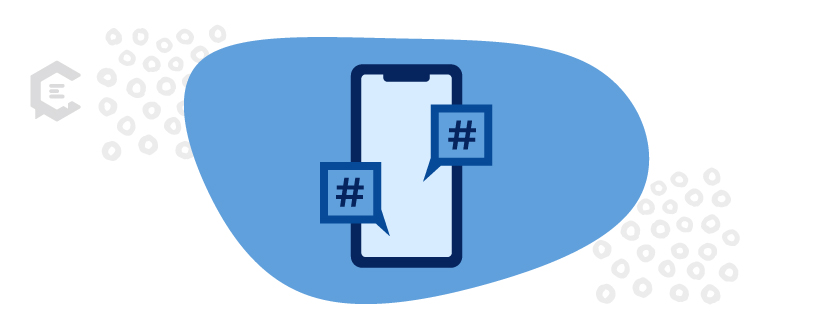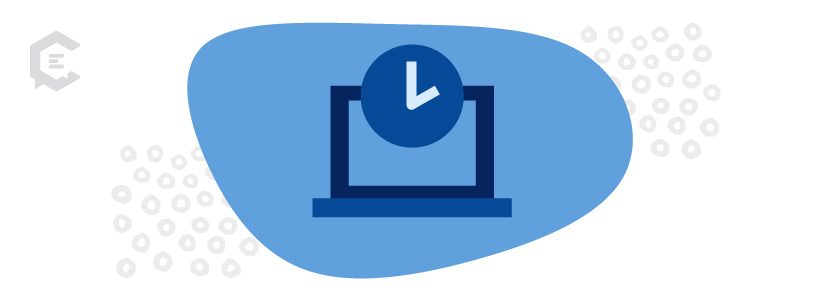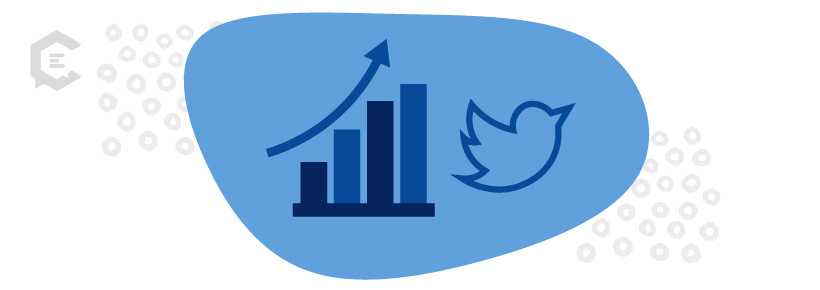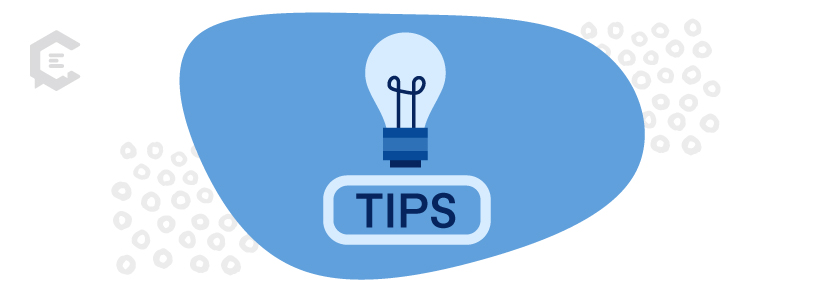Despite recent controversies, X (formerly Twitter) remains a very active and unique social media platform.
While TikTok has taken much of the social media limelight recently, X continues to add new users and has actually risen in popularity with Gen Z—one of the largest pools of consumers. That means it should very much a part of your marketing playbook.
One of the keys to unlocking X is total hashtag mastery. That has always been true and it is still true today, even with the array of changes brought on since going private.
So what does a good hashtag strategy look like on X? Let’s dive in.

Building an effective X (Twitter) hashtag strategy
Hashtags are important on X (It’s OK if you still want to call it Twitter) because they allow users to group topics and conversations. Hashtags help searchers find your content and increase your following.
Here are some best practices when using hashtags:
Don’t overload on hashtags
While you can add many hashtags within the character limit, X recommends no more than two. Choose your hashtags carefully for each post, and make sure to vary them from post to post.
Research the hashtags that are popular with your niche. There are different hashtag types you can use, including the following:
- Brand hashtags: Unique to your brand, such as #nikenews
- Topic hashtags: About the topics you create content around like #skincare, #bohostyle, or #contentconference
- Niche hashtags: Specific to your field of work, such as #veganrecipes or dogtreats
- Daily trends: Topics that are popular on certain days of the week, such as #MotivationMonday
- Current trends: Topics that are popular currently. Could be a news event or holiday like #holidayprep
You could use a brand hashtag and a niche hashtag on one post and a topic hashtag on another. See what combinations work best for your audience.
Get on trends when appropriate
If you click the Explore tag on X you can see what is trending. Look for hashtags that are in line with your brand and content so you can take advantage of trending topics. Remember to add value to the conversation. You can adjust your trends settings and even see local trends.
An easy way to see trends is to visit X on the mobile app. You will see the top five trending topics listed first. Different days will have different trending topics like #TuesdayThoughts or #WisdomWednesday so check often. Do not add popular hashtags to your content if they have no relevance.
Research Your Hashtags
Use a service like RiteTag to find the right hashtags for you based on real-time engagement. Once you have your hashtag strategy in place, it’s time to post.
Create your own hashtag
To help followers find your content you can create a hashtag for your brand or campaign. Your hashtag needs to be easy to spell and easy to remember. Use the explore tab to see if your hashtag idea is already being used.
Retweet your hashtag
When someone does use your branded hashtag, retweet them. Encourage and incentivize followers to use your hashtags.
Participate in X Chats
X chats are a great way to utilize hashtags and build your X community. Schedule these little online events to engage with your target audience on a regular basis. Host a chat for your brand and create a special hashtag for that event. You could make the event a weekly or monthly occurrence. Find other chats to participate in.
Type “X chats for” into Google and then whatever your topic or niche is. Since many people still call the platform “Twitter,” also try your search that way in case it yields better results: “Twitter chats for.”
Pay attention to holidays
Using hashtags for special holidays and occasions is a great way to gain attention, but make sure your tweets are relevant. A good behind-the-scenes post could also be a great choice. Take the opportunity to create a new compelling offer or promotion and use a catchy seasonal hashtag to go along with it.
What is the best time to post on X in 2025?
Many people use X during their work day, which is why you should post during the day.
Here are the best times to post on X, according to Sprout Social research:
- Monday: 10 a.m.–noon
- Tuesday: 9 a.m.–3 p.m.
- Wednesday: 9 a.m.–3 p.m.
- Thursday: 9 a.m.–3 p.m.
- Friday: 10 a.m.–noon
The best days of the week to post on X are Tuesdays through Thursdays — but avoid Sundays because that’s when engagement is the lowest.
Your audience may be different so test for yourself.
How to grow on X
Short, quality content and an effective hashtag strategy will go a long way in building up your X community.
A few more ways to grow:
- Optimize your profile with a clear bio — what you do and why. Also have a clear profile picture and banner.
- Build a strategy of three to five tweets a day. Think story, transformation, tips, and inspiration.
- Comment and engage with your followers. Remember to be sociable and respond to DMs too.
Look at accounts in your field that are smaller than yours and bigger than yours for inspiration. Track what seems to be working for them and what could be better. Are there any gaps that you could fill with your content?
When you share content from others, tag them as mentioned but also add something valuable — why you liked the content or how you plan to implement the tips.
Some bonus tips
For more success with hashtags on X in 2025, employ these bonus tips:
- Complete an audit: If you have not checked your X followers lately, do an audit. Write down who you are reaching, who you want to reach, and the strategic content ideas that will help you get to that audience.
- Engage and be social: If you’re on X to get engagement, you need to give engagement. Find profiles that are supportive of the type of content you put out. Look for accounts that go well with your content but are not direct competitors and engage with those. One way to find them is by looking at content that share the same hashtags you use.
- Use X lists: Use the X list feature to keep track of the profiles that you find. When you share valuable content from others with your audience, tag the author and let your audience know where the content came from. It’s a way to support other profiles and get your brand out there also.
Use the right X hashtag strategy and grow
Whether you call it X or Twitter, when you put a consistent publishing strategy in place with well-written text and engaging graphics, your hashtag strategy will be more effective too.
When creating content for X, remember to be authentic and purposeful. Look at successful accounts in your field not to copy, but for inspiration. Figure out how you can add value to the conversations that are happening.
Need help with content? We’re more than happy to help. Reach out today for managed content production.







